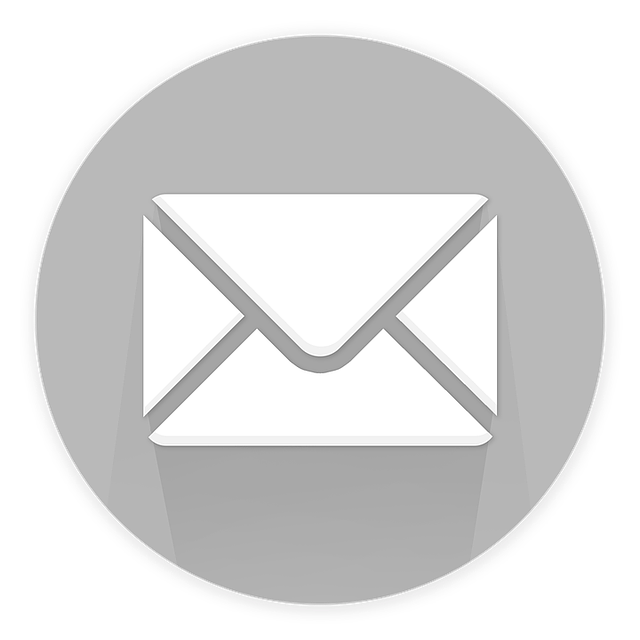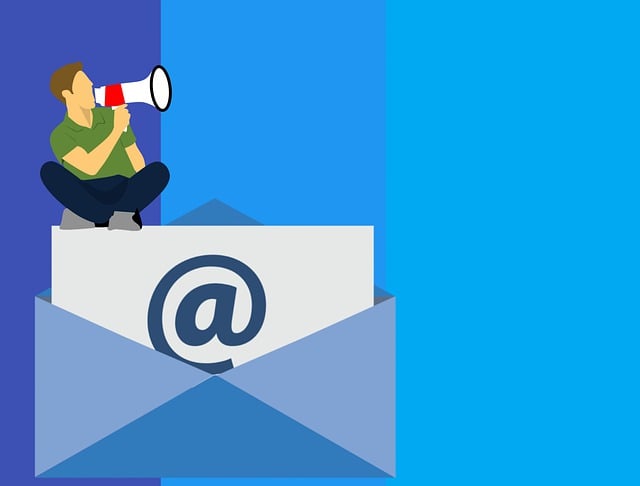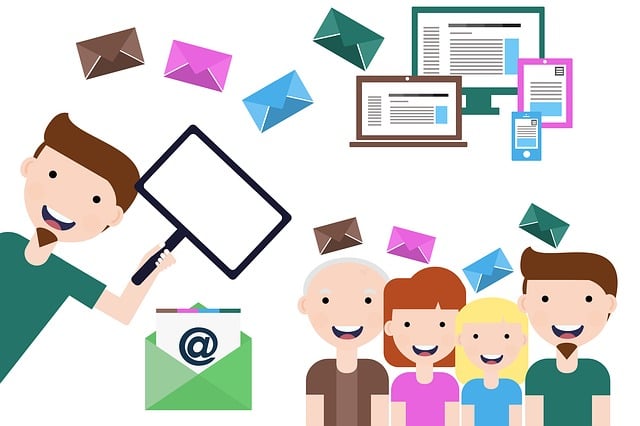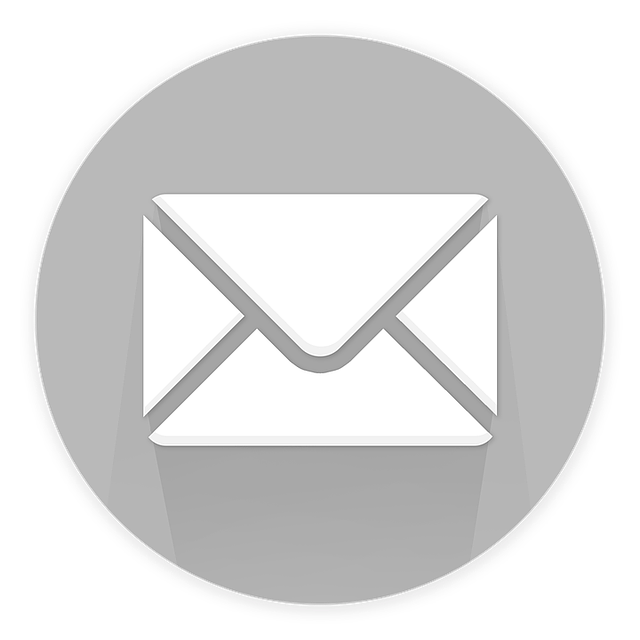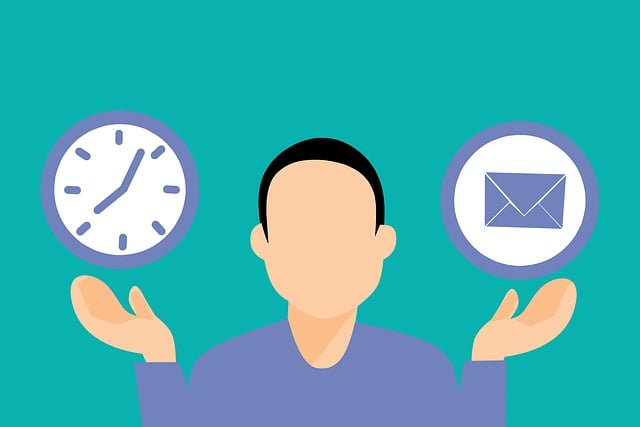In the fast-paced world of e-commerce, staying ahead of the competition is crucial. And one powerful tool that can give your business a competitive edge is email marketing. But let’s be honest, sending out generic, mundane emails won’t cut it. To truly captivate your audience, you need to master the art of effective email marketing.
Welcome to a world where your emails are more than just messages in an inbox. They are attention-grabbing subject lines that ignite curiosity and leave your customers eager to click. They are personalized messages that make your customers feel valued and understood. They are carefully crafted designs that engage and inspire action. They are the backbone of your customer relationships, nurturing and strengthening the bond with each interaction.
In this article, we will unveil 15 game-changing email marketing tips that will revolutionize your e-commerce business. From segmenting your email list to providing valuable content, optimizing your design to analyzing your campaigns, these tips will equip you with the knowledge and strategies to take your email marketing to new heights. Get ready to unleash the power of email and watch your business soar.
Key Takeaways
- Craft attention-grabbing subject lines and optimize sender name for low open rates
- Segment email list and personalize content to increase engagement and conversion
- Test and analyze email campaigns using A/B testing for better results
- Utilize automation for personalized follow-up emails to nurture customer relationships and boost business.
Craft Attention-Grabbing Subject Lines
Crafting attention-grabbing subject lines is essential for you to captivate your audience and enhance the sophistication of your e-commerce email marketing campaign. Writing captivating headlines is the first step in capturing your readers’ attention and enticing them to open your emails.
Use powerful and emotive language to create a sense of urgency or curiosity, making your subscribers eager to discover what’s inside. Incorporate words that evoke emotions and tap into your audience’s desires and aspirations. By using emotive language, you can connect with your readers on a deeper level and inspire them to take action. However, don’t overdo it; strike a balance between being persuasive and genuine.
Once you’ve mastered the art of crafting attention-grabbing subject lines, it’s time to delve into the next section about segmenting your email list seamlessly. This will ensure that your messages reach the right people at the right time, maximizing your chances of success.
Segment Your Email List
By categorizing your email list, you can tailor your messaging to specific groups, ensuring a more personalized and engaging experience for your customers. Email segmentation benefits are numerous, as it allows you to send targeted email campaigns that resonate with your audience on a deeper level. You can divide your list based on demographics, purchase behavior, or engagement levels, creating segments such as "new customers," "loyal customers," or "inactive subscribers." This allows you to send relevant content and offers to each segment, increasing the chances of conversion and customer satisfaction.
To illustrate the power of email segmentation, imagine you own an online clothing store. In one segment, you have customers who have recently made a purchase. In another segment, you have customers who have added items to their cart but didn’t complete the purchase. In a third segment, you have customers who haven’t engaged with your emails in the past six months. By sending targeted emails to each segment, you can remind the first segment of their recent purchase, offer a discount to the second segment to encourage them to complete their purchase, and re-engage the third segment with a special promotion.
Segmenting your email list allows you to deliver the right message to the right people at the right time, maximizing the impact of your email marketing efforts. By providing valuable and relevant content, you can further enhance the effectiveness of your email campaigns.
Provide Valuable and Relevant Content
Make sure you’re delivering valuable and relevant content to your email subscribers to keep them engaged and interested in what you have to offer.
Email segmentation and personalization are key strategies to achieve this. By segmenting your email list based on demographics, interests, and purchase history, you can tailor your content to specific groups of subscribers. This allows you to provide them with information and offers that are most likely to resonate with their needs and preferences.
Personalization goes a step further by addressing subscribers by their name and including personalized product recommendations. This level of customization shows that you value their individuality and boosts their engagement with your emails.
By consistently providing valuable and relevant content, you can build trust with your subscribers and increase the likelihood of conversions.
Now, let’s dive into how you can optimize your email design.
Optimize Your Email Design
To create a design that catches the eye and leaves a lasting impression, it’s crucial to give your email a visual makeover, like a fresh coat of paint on a blank canvas. Optimize your email design to improve engagement and increase conversions. A well-designed email not only looks professional but also helps convey your brand’s message effectively. Consider using a two-column layout to organize your content and make it easier for readers to navigate. Pair this with a four-row table in markdown format to add depth and visually hook your audience. Use contrasting colors and eye-catching images to grab attention. Incorporate persuasive calls-to-action that are strategically placed throughout the email. By implementing these design techniques, you can create emails that not only look great but also drive results. Now, let’s move on to the next section and learn how to test and analyze your email campaigns.
Test and Analyze Your Email Campaigns
Are you looking to improve the effectiveness of your email campaigns? One key strategy you should consider is conducting A/B testing for subject lines and content. By testing different variations, you can determine what resonates best with your audience and optimize your emails for maximum impact.
Additionally, monitoring email open and click-through rates is crucial in understanding how your audience is engaging with your content. By analyzing this data, you can make informed decisions on how to improve your campaigns and drive better results.
Lastly, utilizing analytics can help you identify areas for improvement in your email marketing strategy. By tracking key metrics such as conversion rates and engagement levels, you can pinpoint what is working and what needs adjustment, ultimately increasing the success of your email campaigns.
So, don’t underestimate the power of testing, monitoring, and analyzing your email campaigns to achieve better results.
Conduct A/B Testing for Subject Lines and Content
Improve the effectiveness of your email marketing campaigns by conducting A/B testing for subject lines and content. This allows you to gain valuable insights into what resonates best with your audience. A/B testing benefits your e-commerce business by providing a way to experiment with different elements of your emails and determine which ones generate higher open and click-through rates.
Start by testing different subject lines to see which ones grab your subscribers’ attention and entice them to open your emails. Then, move on to testing different content formats, such as images, videos, or plain text, to determine what type of content your audience prefers.
By using A/B testing strategies, you can optimize your email campaigns and deliver content that truly engages your subscribers. Next, you’ll want to monitor email open and click-through rates to see how your audience responds to your tested variations.
Monitor Email Open and Click-through Rates
Maximize your email campaign success by closely monitoring the rates at which your audience opens and clicks through your emails. This will allow you to uncover valuable insights and make data-driven decisions to enhance engagement.
Email performance tracking and email engagement analysis are crucial in determining the effectiveness of your email marketing efforts. Here’s why you need to keep a close eye on your email open and click-through rates:
-
Identify high-performing subject lines and content that resonate with your audience.
-
Understand the preferences and behaviors of your subscribers to tailor future campaigns.
-
Spot trends and patterns in engagement to optimize your email marketing strategy.
-
Measure the impact of any changes or improvements you make to your emails.
By monitoring these rates, you can gain valuable insights that will guide you in improving your email marketing campaigns. Use analytics to identify areas for improvement and enhance your overall email marketing strategy.
Use Analytics to Identify Areas for Improvement
Take a deep dive into your email campaign data using analytics to uncover hidden gems that will propel your strategy forward like a compass guiding a captain through uncharted waters. By utilizing the power of data and tracking metrics, you can gain valuable insights into your email marketing performance.
Analytics allow you to see which emails are resonating with your audience and which ones are falling flat. Identify trends, patterns, and outliers to understand what strategies are working and where improvements are needed. Are your open rates low? Perhaps you need to optimize your subject lines or sender name. Are your click-through rates lacking? Maybe it’s time to revamp your email content or call-to-action.
Use analytics as your secret weapon to refine and enhance your email marketing efforts. With this knowledge in hand, you can transition seamlessly into the next section, where we will explore how to nurture customer relationships.
Nurture Customer Relationships
Are you looking for ways to nurture your customer relationships and build loyalty? One effective strategy is to send personalized thank you emails. By acknowledging your customers’ support and showing your appreciation, you can strengthen the connection and encourage repeat business.
Additionally, asking for feedback and reviews not only shows that you value their opinions but also helps you improve your products and services.
Lastly, using automation to follow up with abandoned carts or inactive customers allows you to re-engage with potential buyers and remind them of what they’re missing out on.
Take advantage of these tactics to foster stronger customer relationships and drive more sales.
Send Personalized Thank You Emails
Improve customer loyalty and foster a genuine connection by sending personalized thank you emails after each purchase. By taking the time to thank your customers individually, you show them that you value their business and appreciate their support. But don’t stop there – go the extra mile and offer personalized offers in these emails to further enhance customer retention. A simple table can help you organize and present these offers effectively:
| Customer Name | Thank You Message |
|---|---|
| Sarah Johnson | Thank you for your recent purchase, Sarah! Enjoy a 10% discount on your next order. |
| John Smith | Hi John, we appreciate your continued support. Here’s a special offer just for you: free shipping on your next purchase. |
| Emily Davis | Emily, thank you for being a loyal customer. As a token of our gratitude, please enjoy a buy one get one free offer on any item of your choice. |
| Michael Wilson | Thank you for choosing us, Michael. We have a surprise for you – a 15% discount on your next purchase. |
| Jessica Lee | Hi Jessica, we wanted to say thank you for your recent purchase. Here’s a personalized offer for you: 20% off on your next order. |
Sending personalized thank you emails not only makes customers feel appreciated, but it also encourages them to keep coming back for more. Once you’ve expressed your gratitude, it’s time to take the next step and ask for feedback and reviews to further improve your business.
Ask for Feedback and Reviews
You’ve already mastered the art of sending personalized thank you emails, and now it’s time to take your email marketing strategy to the next level. Asking for feedback and reviews from your customers is a powerful way to generate customer loyalty and improve their overall experience with your e-commerce business.
By actively seeking feedback, you show your customers that their opinions matter, and you value their input. Not only does this help you gather valuable insights and identify areas for improvement, but it also gives you the opportunity to showcase positive reviews and testimonials, which can boost your credibility and attract new customers.
So, don’t be afraid to reach out and ask your customers for their thoughts. It’s a win-win situation that will strengthen your relationship with them and help you grow your business.
And speaking of growth, let’s move on to the next step: using automation to follow up with abandoned carts or inactive customers.
Use Automation to Follow Up with Abandoned Carts or Inactive Customers
Maximize your customer engagement by automating follow-up emails for abandoned carts or inactive customers. Use automation to send timely reminders to customers who have left items in their carts without completing the purchase. This can help to increase conversions by reminding customers about the products they were interested in and offering incentives to complete their purchase.
Here are four ways automation can help you target inactive customers:
- Send personalized recommendations based on their browsing and purchase history, reminding them of the products they might be interested in.nn2. Offer exclusive discounts or promotions to entice them back to your website.nn3. Use triggered emails to remind customers about abandoned carts and provide a seamless checkout experience.nn4. Implement a win-back campaign to re-engage customers who haven’t made a purchase in a while.
By automating these follow-up emails, you can save time and effort while effectively re-engaging with your customers and boosting your e-commerce business.
Frequently Asked Questions
How can I measure the success of my email marketing campaigns?
Want to know if your email marketing campaigns are paying off? Look no further than email marketing analytics. These powerful tools allow you to measure the success of your campaigns and track key metrics.
From open rates and click-through rates to conversion rates and ROI, email marketing analytics provide valuable insights into the effectiveness of your campaigns. So, stop guessing and start using data to optimize your email marketing strategy.
Don’t you want to make informed decisions and drive better results?
What are some ways to encourage customers to open and read my emails?
To capture your customers’ attention and make them eager to open and read your emails, you need enticing email subject lines and captivating email formatting techniques.
Craft subject lines that are concise yet intriguing, using keywords that resonate with your audience.
Experiment with formatting techniques like bolding important information, using bullet points for easy scanning, and incorporating eye-catching visuals.
By combining effective subject lines with visually appealing emails, you’ll increase the chances of your customers eagerly opening and engaging with your content.
How often should I send out promotional emails to my customers?
You want your customers to eagerly await your emails, like a child waiting for their favorite TV show. To strike the perfect balance between engagement and annoyance, consider your email frequency.
Bombarding your customers with daily promotions can lead to unsubscribes, while rarely reaching out can make them forget about you. Experiment with different schedules, analyze open rates and click-through rates, and find the sweet spot that keeps your customers excited and engaged without overwhelming them.
Are there any regulations or best practices I should follow when it comes to email marketing?
When it comes to email marketing, it’s crucial to follow regulations and ethical guidelines. By doing so, you can build trust with your customers and avoid any legal issues.
Make sure to comply with laws such as the CAN-SPAM Act and the GDPR. Additionally, always obtain consent before sending promotional emails and provide an easy way for recipients to unsubscribe.
By adhering to these regulations and best practices, you can create successful and ethical email marketing campaigns that resonate with your audience.
How can I effectively personalize my email content for different segments of my email list?
To effectively personalize your email content for different segments of your email list, you should utilize various personalization techniques and email segmentation. By tailoring your messages to specific groups, you can address their unique needs and interests.
Craft subject lines that catch their attention and include their name for an added personal touch. Use dynamic content to deliver relevant offers and recommendations based on their past purchases or browsing behavior.
This strategic approach will enhance engagement and drive conversions, ultimately boosting your e-commerce business.
Conclusion
Congratulations! You’ve reached the end of this article, armed with 15 powerful tips to revolutionize your e-commerce email marketing.
By crafting attention-grabbing subject lines and segmenting your email list, you’ll captivate your audience from the start.
Providing valuable and relevant content will keep them engaged, while optimizing your email design ensures a seamless user experience.
Don’t forget to test and analyze your campaigns, refining your strategy for maximum effectiveness.
Lastly, nurture those customer relationships like a master gardener, reaping the fruits of your labor.
Now, go forth and conquer the email marketing world!


